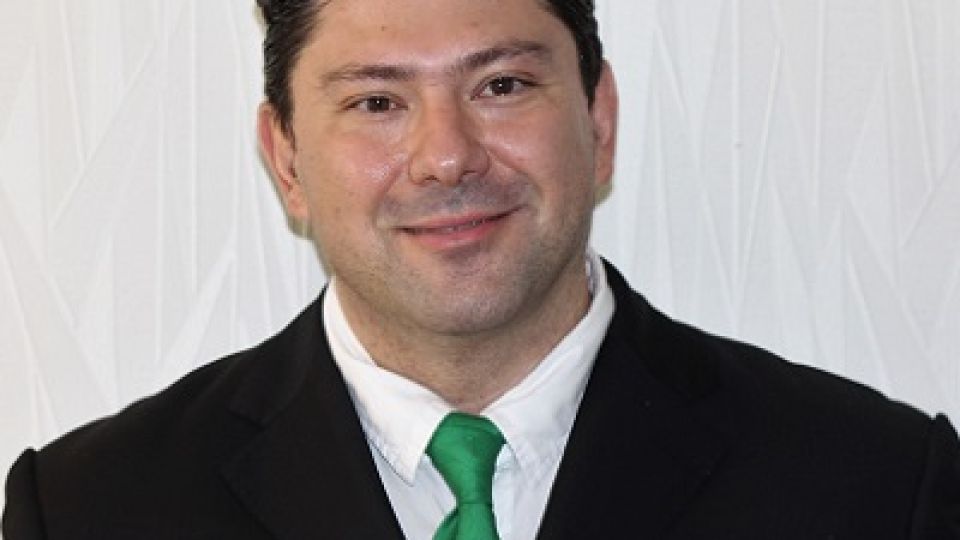by VLADIMIR MILOVANOVIC
JOHANNESBURG, (CAJ News) – THE ripple effect of South Africa’s loadshedding is well publicised, impacting the entire user lifecycle, from large conglomerates to our own homes.
Sadly, loadshedding has the potential to not only impact productivity and income of the consumers, but also the very system that provides us with power.
Equipment residing in sub-stations and distribution centres, new or old, is not designed to withstand an onslaught of surges, continued interruptions, and on/off switching multiple times a day.
One example is medium voltage (MV) switchgear that has been designed, in optimal circumstances, to last up to 40 years. However, as mentioned, no equipment can handle the extraordinary circumstances that come with loadshedding which mean switchgear and other equipment simply stop working well before its projected End-of-Life (EOL).
In the case of gas insulated switchgear (GIS), how SF6 is collected and recycled at its EOL is a major priority.. Furthermore, with pure-air insulated switchgear now becoming available, there is a compelling case for replacing faulty equipment with SF6-free options.
SF6-free MV switchgear is a viable choice not only for the environment, but also for operational safety. Additionally, it offers ease-of-maintenance, EOL treatment, functionality, and performance as well as environmental compliance.
Pure Air switchgear is natively connectable which means new equipment can be added with minimum disruption. SF6-free switchgear is designed in such a way thatalso it doesn’t require operator retraining, thus mitigating downtime. And importantly, if there is a gas leak, the pure air will simply escape into the atmosphere, causing no environmental impact.
Maintaining a stable grid
One of the main responsibilities of utilities is to maintain voltage limits to ensure safe, stable, and optimised usage. Voltage control is traditionally performed by transformers, using on-load tap changers (OLTC) and capacitor banks that inject reactive power into the grid at the MV substation level.
The grid operator then fixes a setpoint and prepares scenarios and ranges based on seasonal load curves, as an example.
However, as we add more distributed energy resources (DER) to the grid, effective energy mix management becomes critical. It is paramount – as renewable resources are added – that it is managed intelligently, keeping a close eye on, for example, loads during peak and off-peak times. This will allow the management of stable grid comprised of fossil and renewable energy resources.
Several new digital solutions can be deployed to address this challenge:
Nextgeneration RTUs (remote terminal units) allow users to remotely control the substation and to accurately track operating parameters to ensure stable operations during loadshedding for example.
New smart sensors can be easily installed on new and existing switchgear and can be connected to the cloud, or on-premise systems as required It allows for predictive maintenance and EOL management, which are key in reducing long-term costs.
Digital twin environments allow for virtual modelling of networks, providing insights into equipment performance within the set parameters.
SF6-free and digital technologies – a powerful force
Utilising modern, digital technology that allows us to untangle the complexity of modern electricity networks and the increasing levels of renewables and DERs coming into the fold.
Coupled with connected SF6-free switchgear, we are one step closer to finding a sustainable solution to the impact of GHG on the environment.
NB: Vladimir Milovanovic is Vice President, Power Systems, Energy Management Business, Schneider Electric.
– CAJ News

